Reportar esta entrada
Más sobre la misma comunidad-colección
Escuela secundaria Bowie -1949
Another autumn scene at Bowie High School - located in El Paso, ...
Bowie High School Photography Club 1947
Bowie High School 1947 - El Paso, Texas Left to Right: Adolfo ...
Jugo Cold Pressed y Yogurt con frutas y granola
Our Detox II cold pressed juice is full of healthy benefits!. It ...
Wrap de espinaca + "Manhattan" smoothie
This is our famous Spinach Wrap, very healthy and delicious. You ...
La Boda de Vanessa yJorge 18 de marzo de 2017
Vanessa Pacheco and Jorge Sanchez were married on Saturday, ...
Cactus - El centro de El Paso, Texas - 2017
Check out what started blooming here in Union Plaza! Not to ...
Cactus - El centro de El Paso, Texas - 2017
Check out what started blooming here in Union Plaza! Not to ...
Academia de Loretto - Clase de 1965 - El Paso, Tejas
Loretto Academy - Class 1965 Reunion of class of 1965 - ...
Foto de boda - 1978 - Catedral de St. Patrick's
June 10, 1978- marriage of Sally Finger and Highly Falkner in ...
Foto de boda - 1978 - Catedral de St. Patrick's
June 10, 1978- marriage of Sally Finger and Highly Falkner in ...
Foto de boda - 1978 - Catedral de St. Patrick's
Wedding Photo - June 10, 1978- marriage of Sally Finger and ...

















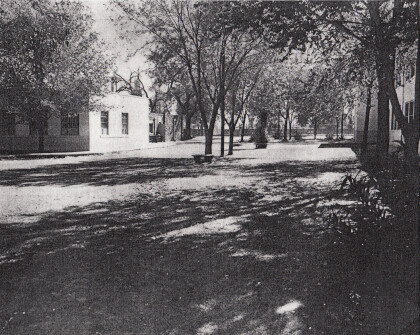
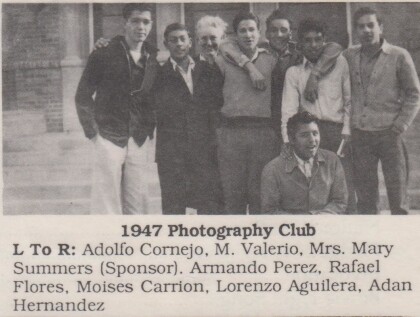





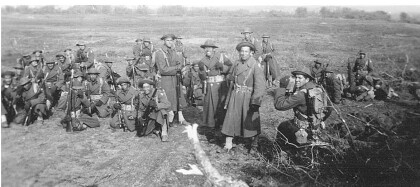
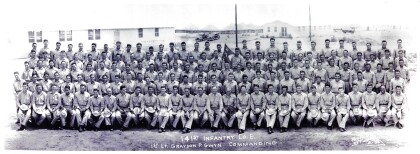
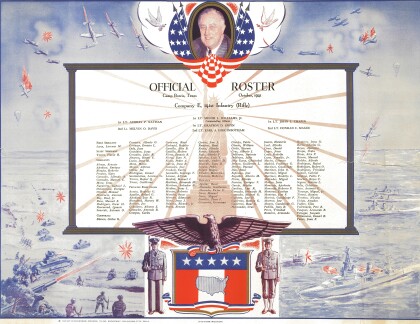
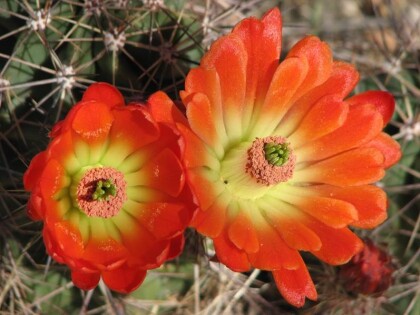
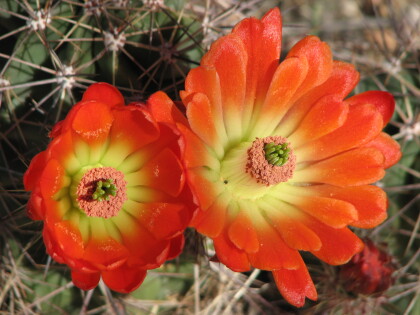
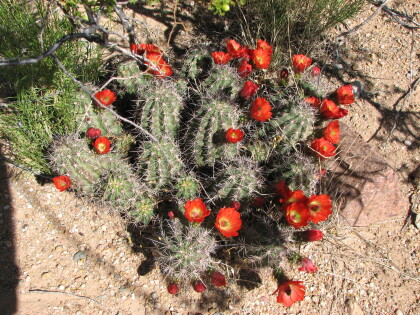
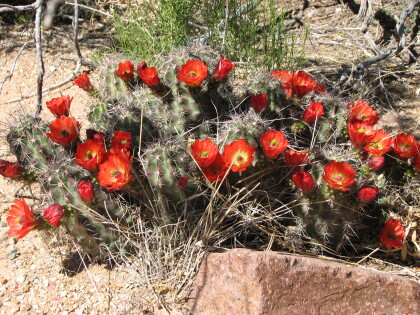
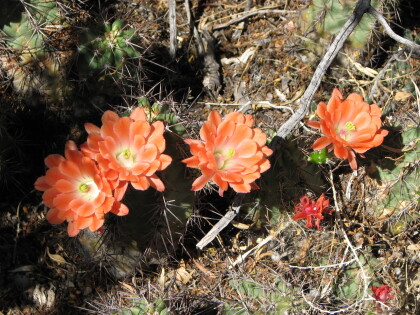
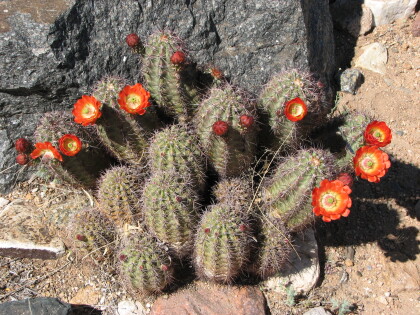

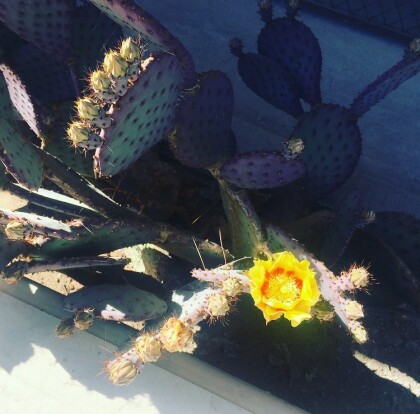
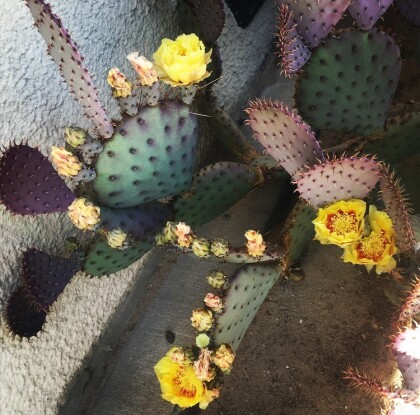


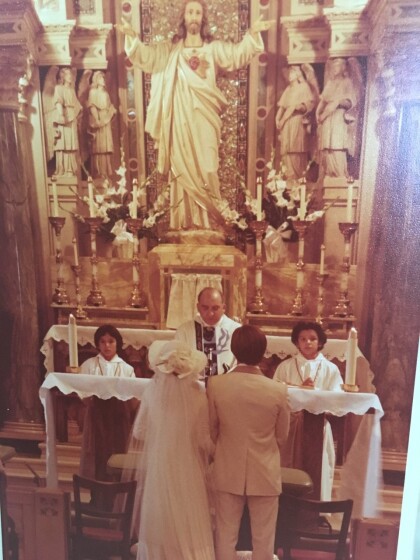

Comentarios
Hacer un comentario